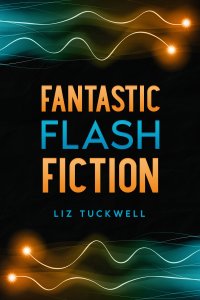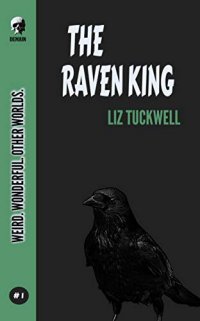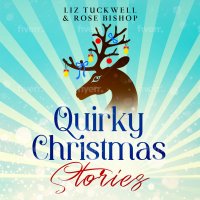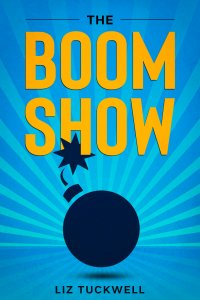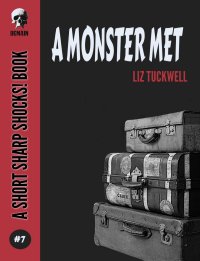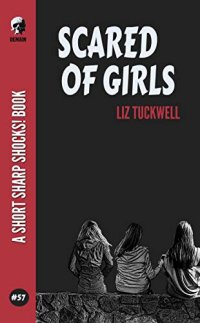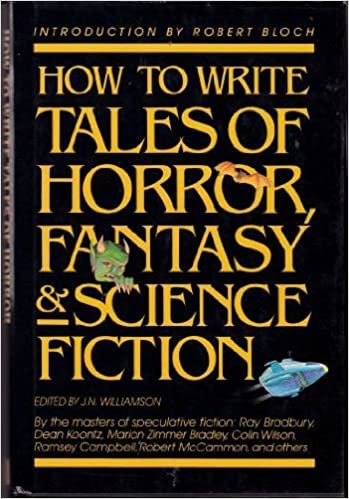UPDATE: You can watch the panel discussion at both Litcon 2021 World Building Panel with Science fiction, fantasy, alt-history, steampunk, YA science fantasy, speculative fiction, dystopia, and military science fiction authors F. Stephan, Geoff Genge, Claudia Blood, Theresa Halvorsen, C.G. Hatton, and Liz Tuckwell and YouTube
Watch it live Saturday, 6 March 2021, noonET on Facebook!

About Minnesota based Claudia Blood
The Relic Trilogy – Which is YA sci-fantasy (or soft sci-fi)
Book 1: Company Assassin
Book 2: Horizon Found
Book 3: Time Rift — Goes live March 15th
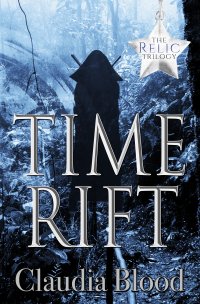
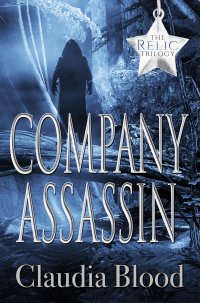
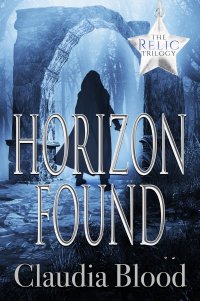
About PEI based Geoff Genge
Terra Obscura series
My genre is alt-history/steampunk/sci-fi. What can I say… I’m complicated.
I like romantic dinners, stiff drinks, and long walks down abandoned country roads. Ya’know… since you asked.
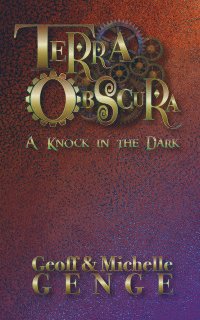
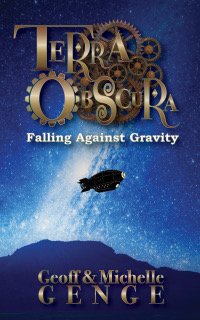
About Temecula based Theresa Halvorsen
heresa Halvorsen has never met a profanity she hasn’t enjoyed. She’s generally overly-caffeinated and at times, wine-soaked. The author of multiple spec-fiction works, including Warehouse Dreams and River City Widows, in addition to various short stories and non-fiction articles, Theresa wonders what sleep is. Because she didn’t have enough to do, she also started No Bad Books Press with S. Faxon and edits for other spec fiction writers.), Theresa enjoys board games, geeky conventions, and reading. Her life goal is to give “Oh-My-Gosh-This-Book-Is-So-Good!” happiness to her readers. She lives in Temecula with her amazing husband, occasionally her college-age twins, and the pets they’d promised to care for.

About Lyon, France based F. Stephan
I have now 4 science fiction books in the same universe
The first two will tell you of Brian’s path to become a fully qualified starpilot and to overcome his worst fears
The third brings you back to Earth and the first trading space station above it, unsupported by the planet below
The fourth introduces you to a new character. She is forty, her birth has been deleted from the databases by the Federation until now and suddenly she has to find out what happened then.
I have pushed back the anthology of short stories
I am writing a fantasy book, set up in an alternate roman-styled world. When Giants attacks Antiago’s ally and northern border, General Torkal has only one choice. Step in. But the Giants are only the first threat he faces. We follow Allus Vernal, Scout Master of the First Legion, protegé of the General, from reconnaissance to battles, from throne rooms to secret fortresses
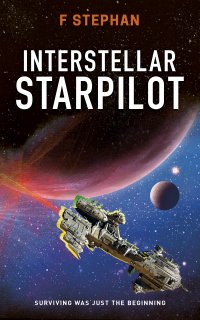
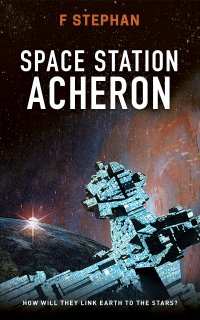
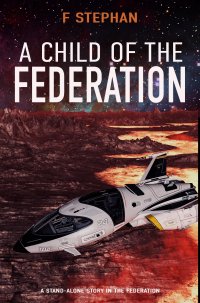
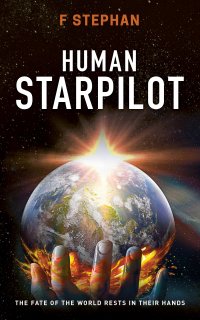
About North East England based C.G. Hatton
I write fast-paced action adventure military scifi (Thieves’ Guild), far future, galaxy at war, lots of intrigue, character-driven, complex, six books in main series, two so far in YA origins series set ten years before the main drama, new book out in April is the 3rd in that origins series…
Also editor of the Harvey Duckman Presents series of scifi, fantasy, steampunk and horror short story anthologies…
Background is degree and PhD in geology, worked at Durham Uni for five years, worked as a journalist, sub editor and editor on local newspapers for six years or so… started Sixth Element Publishing in 2009… mentor writers, run writing workshops, edit work, publish stuff… did some other stuff here and there
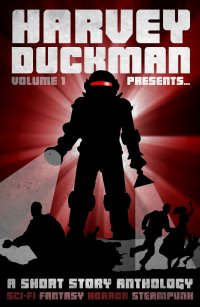
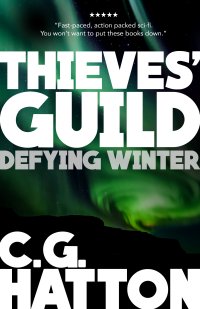
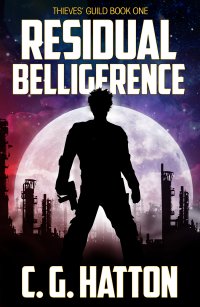
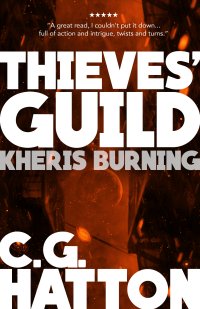
And from Special Guest alt-history and dystopia author Liz Tuckwell
I have written one dystopian short story and I’ve written several alternate history fantasy short stories about an alternative Rome. And a urban fantasy novella.
